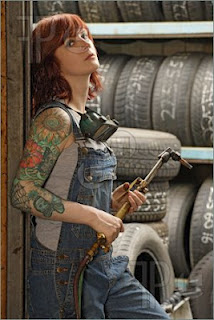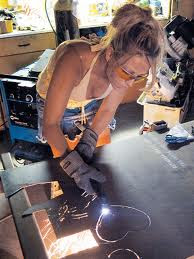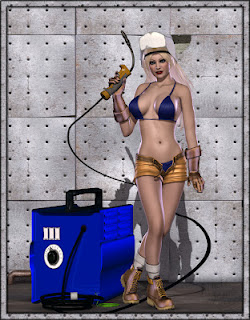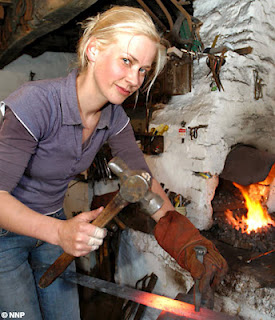Welding is the process of permanently joining two or more pieces of metal to make a part. This is an important industrial process, and has a strong impact on the U.S. economy. In fact, almost all the things we use every day or have been resolved or produced by the team that has been welded. This includes appliances, automobiles, buildings, bridges and other infrastructure. Welding is done through the application of heat or compression or both. Typically, heat is applied using a fire bow. This type is called a welding arc welding. Some people are confused with solder, which is a slightly different process. In the solder, the other ingredients melted in between parts to be fused. Welding arc, on the other hand, uses heat from the arc to thoroughly melt the metal pieces together.
Welding can also use a filler metal that melts into the seam of the pieces together. This is done either through the feeder cables in the trunk manual welding, or welding gun equipped with a wire feeder. In preparation for welding, the edges to be welded pieces formed into a groove, usually V-shaped groove Creating a pool of liquid flame arc from the edge of the grooved pieces of metal and filler metal. A shielding gas welding torches surround a pool of liquid. Shielding gas is required to prevent oxygenation and weakening of the welded pieces.
Generally metals including aluminum and steel welded. Plastics are also welded, but the heat source used was the heat or electrical resistor. Different industry groups hire different types of welders. In the construction industry, welders working on the construction of bridges and subways. Machine manufacturers employ welders to make the cranes and bulldozers, food processing equipment, printing machinery and other heavy equipment. The rent of land transport welder manufacturing industry and water-based vehicles, and aircraft. Welders also perform maintenance and repairs to car body shops and stores that specialize in the repair of industrial machinery. Welders are present in the petroleum industry, especially in the construction of oilrigs. In the electricity industry, welders needed in the construction of electric generators and equipment.
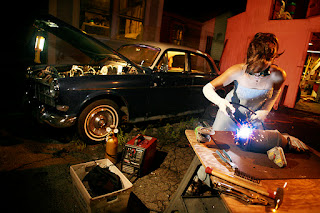.jpg)
.jpg)
